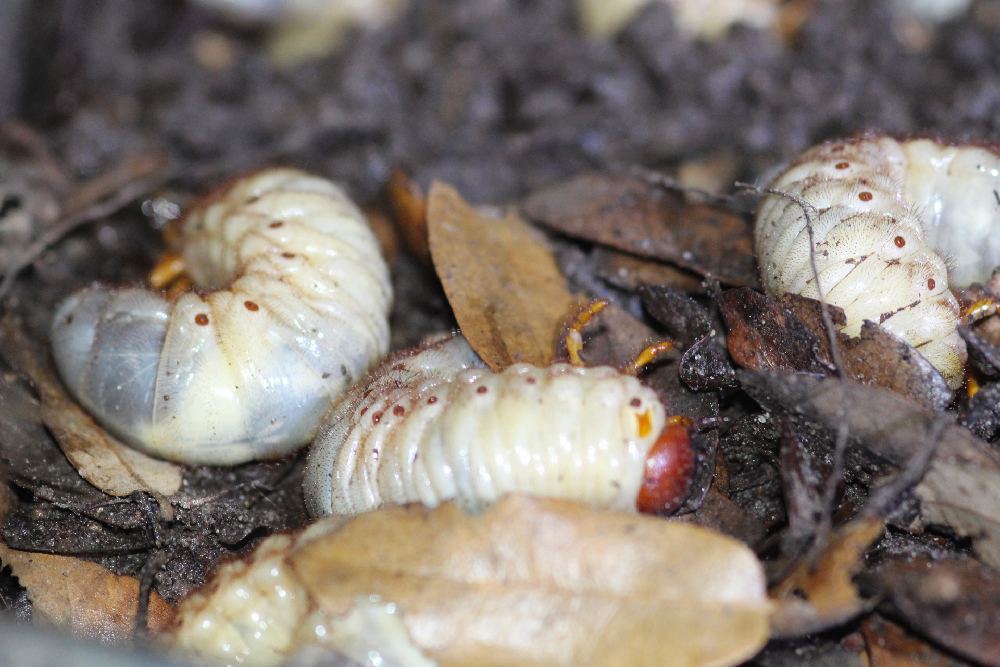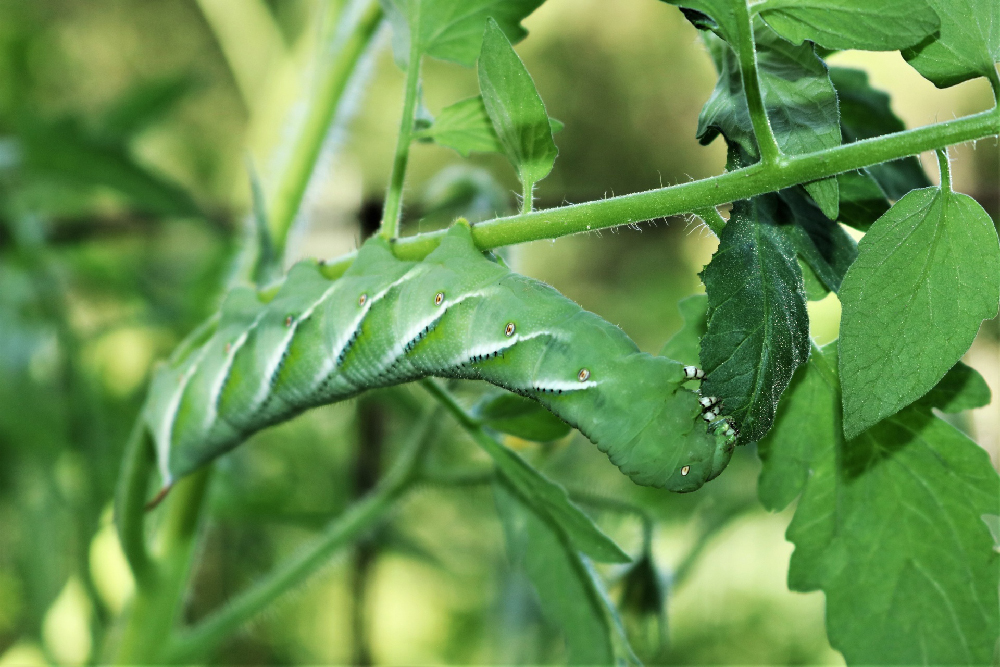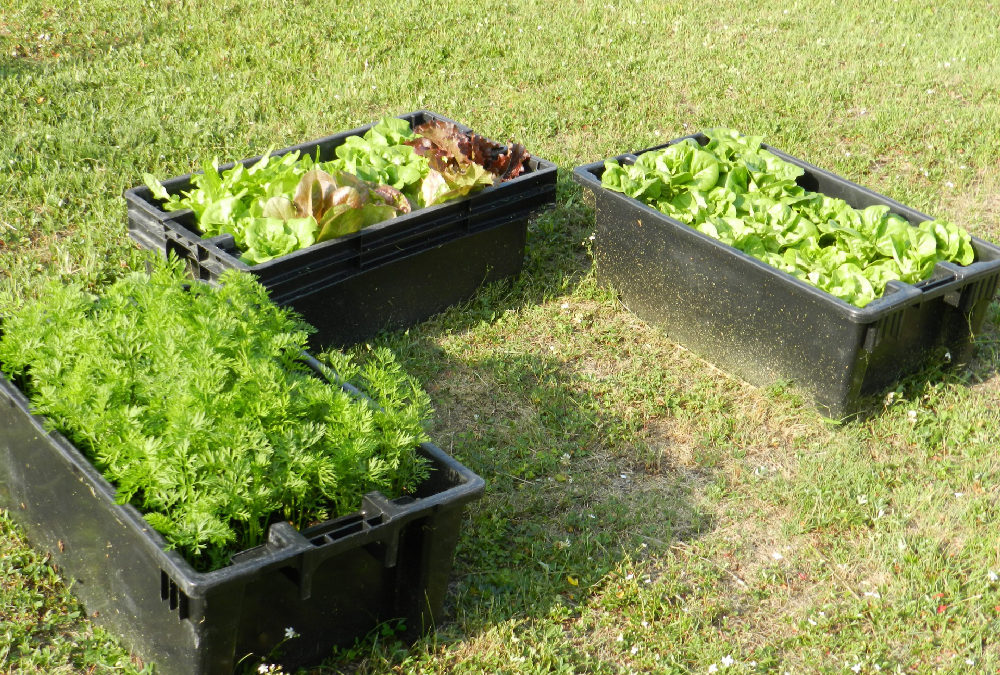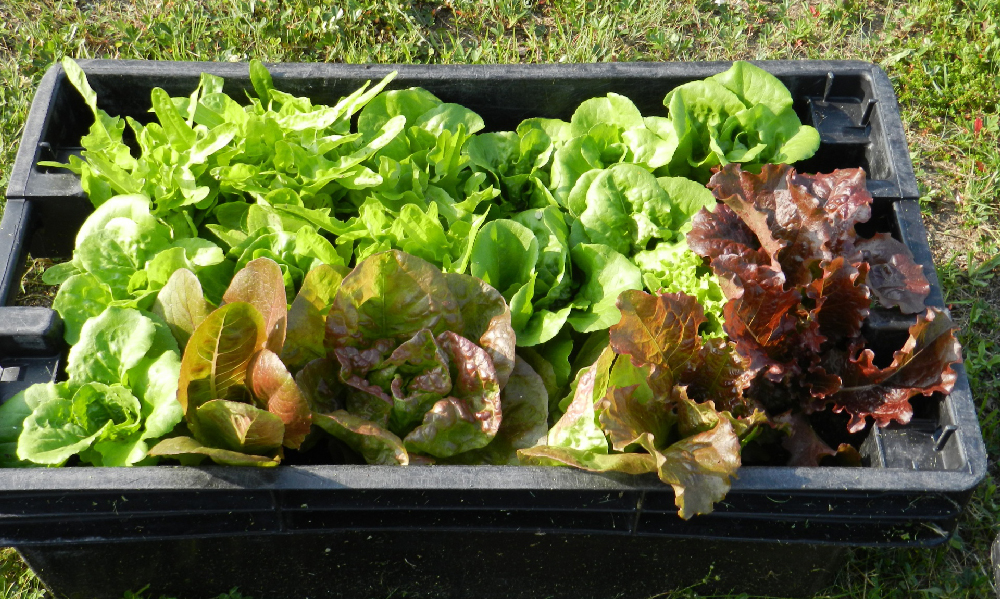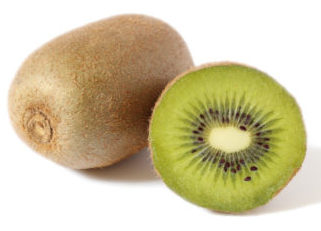
Caring Properly for your Fruit Tree
If you have just recently planted a new fruit tree, I think it is safe to assume you are not yet an expert on the subject. More fruit trees die in their beginning years due to poor care habits than any disease or pestilence. It is vital you understand how to care for trees that will ensure their immediate success as well as future good health.
During the first stages of the tree’s life, the roots, trunk, and branches have not yet fully developed to a self-supporting strength. Therefore if your tree is growing fruits, occasionally the combined weight is enough to snap off an entire branch. If this is the case, you should provide external support for your branches – prop them up with boards, or tie them to something at a higher altitude. As long as you can provide your tree the support it needs in these early years, it should grow to be independent in no time at all.
Proper nutrition is not only necessary for the production of healthy fruits, but is also necessary for the tree to survive longer than one season. The exact specifications vary with the area, climate, and type of tree, but I’ve found that there is no better source than a nursery employee. Maybe they’re just eager to sell you the right type of fertilizer, but in my experience, they are almost never wrong. Just inform them about the conditions your tree is living in and how healthy it is looking, and they should be able to help you find something to improve the state of your tree.

Lots of people think that the only way to ensure a tree’s healthiness is to provide it insane amounts of water. This is not the case at all. As a matter of fact, giving too much water to a tree can be more harmful than making it go thirsty. At the best, it will have a negative effect on the taste of the fruit. But at worst, your entire tree could die and prevent you from ever-growing fruit in the future. So do not ever try to solve your problems by giving it lots of water! Solve your tree’s health problems at the root, so to speak. Go to where the problem originates from, and fix that.
If it is too late and you’re already starting to see unhealthy branches that look either diseased or damaged, you should always remove them. If the tree is wasting nutrients by sending them out to the branch that cannot be saved, it is practically throwing away all the nutrients that it could use on the other, healthier branches. As soon as you start to see a branch that is deteriorating or becoming unhealthy, chop it off right away. At the very least, trim down the unhealthy part but leave all the segments that still look like they could continue growing.
Once your tree has started to enter the picking stage, never leave any of the fruit on the ground that is bound to fall. Also, be careful to get every piece off of the tree. Even if it is an ugly-looking fruit that you don’t want to keep, you should still pick it and throw it away. Once these fruits begin to rot, they provide a perfect home for unwanted insects or diseases that can transfer to the tree itself. So always remember to rake up these fallen fruits, and prevent yourself a lot of future grief.
Getting a fruit tree and caring for it throughout its life can be a daunting task. It may even seem impossible sometimes to keep track of all the factors that make a tree healthy. But if you just pay attention to the nutrients that your tree needs, you should be on a good path. In addition to nutrients, figure out the precise amount of watering that you should be doing to keep your tree’s thirst quenched without drowning it. Just do all these things, and you will have a great tree that produces delicious fruits.
